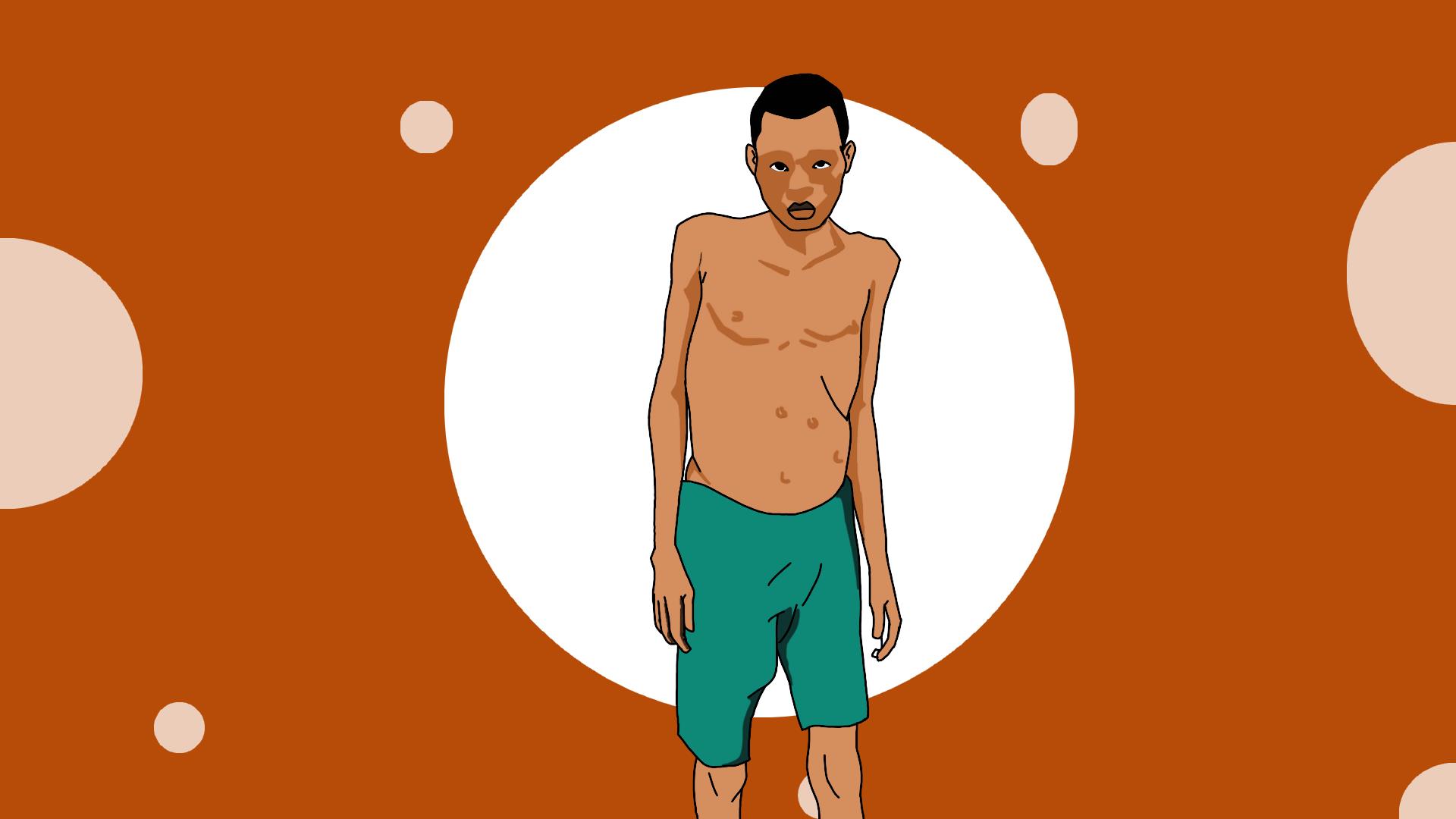🎧 Listen to: Leishmaniasis

Leishmaniasis
Introduction: Leishmaniasis in Africa?
Leishmaniasis is a disease caused by tiny parasites (leishmania) that are spread by the bites of infected sand flies. It is more common in tropical and subtropical areas, including parts of Africa. According to the world health organization (WHO), over 600 million people in Africa are at risk of leishmaniasis, with countries like Sudan, Ethiopia, Kenya, and Uganda reporting many cases each year.
The disease affects the poorest communities, especially those facing food shortages, wars, and climate change. Many people don’t know about leishmaniasis, but it can cause serious health problems if left untreated. This article explains everything you need to know about the disease in a simple way.
What is leishmaniasis?
Leishmaniasis is an infection caused by the Leishmania parasite, which is spread by infected sand flies. These flies are common in humid, warm places and are most active at night. The disease is not spread from person to person, but people can get infected in the following ways:
- A sand fly bite from an infected fly.
- Blood transfusion from an infected person.
- Using shared needles with an infected person.
- Animals such as dogs can also carry the parasite and spread it to sand flies, which then bite humans.
How common is leishmaniasis in Africa?
- Over 600 million people in Africa live in areas where leishmaniasis exists.
- Countries with the most cases include Sudan, South Sudan, Ethiopia, Kenya, and Uganda.
- Malnutrition and poor sanitation increase the risk of getting the disease.
- Climate change and deforestation are causing sand flies to spread to new areas.
- People with weak immune systems, especially those with HIV/AIDS, are more likely to get severe forms of leishmaniasis.
Types and symptoms of leishmaniasis?
There are three main types of leishmaniasis:
Cutaneous leishmaniasis (skin infection)
This is the most common type and mainly affects the skin. It usually appears weeks or months after the bite. Symptoms include:
- Painless skin sores or ulcers (may look like large wounds or scars).
- Red, swollen bumps that may take a long time to heal.
- Scarring that lasts for years if not treated.
Mucocutaneous leishmaniasis (nose, mouth, and throat infection)
This is a more serious form that spreads to the mouth and nose. It usually develops 1-5 years after the first skin ulcers. Symptoms include:
- Sores inside the mouth, nose, or throat.
- Runny or blocked nose.
- Frequent nosebleeds.
- Difficulty breathing and swallowing.
Visceral leishmaniasis (internal organ infection)
This is the most dangerous type and can be deadly if untreated. It affects the liver, spleen, and bone marrow and can take 2-6 months to show symptoms. Signs of visceral leishmaniasis include:
- Severe weight loss and extreme tiredness.
- Fever that lasts for weeks or months.
- Swollen stomach due to an enlarged spleen and liver.
- Pale skin and easy bruising due to low blood cells.
Diagnosis and treatment?
Doctors diagnose leishmaniasis by:
- Checking for history of travel to affected areas.
- Taking a small skin sample from a sore for testing.
- Doing blood tests to check for the parasite.
Treatment options:
- Antiparasitic medicines, such as amphotericin B (Ambisome), are used to kill the parasite.
- Wound care for skin ulcers to prevent infection.
- Nutritional support to boost the immune system.
- In severe cases, hospitalization may be needed.
Possible Complications?
If left untreated, leishmaniasis can cause:
- Permanent skin scars from cutaneous leishmaniasis.
- Serious infections and bleeding due to a weak immune system.
- Death, especially from visceral leishmaniasis if not treated in time.
How to prevent leishmaniasis?
Since there is no vaccine, the best way to prevent leishmaniasis is by avoiding sand fly bites. Here are some simple ways to protect yourself:
Treat pets for parasites, as dogs can carry the disease.
Use insect repellent on exposed skin, especially at night.
Wear long-sleeved clothing and trousers to cover your body.
Sleep under insecticide-treated bed nets.
Keep your surroundings clean to reduce sand fly breeding places.
